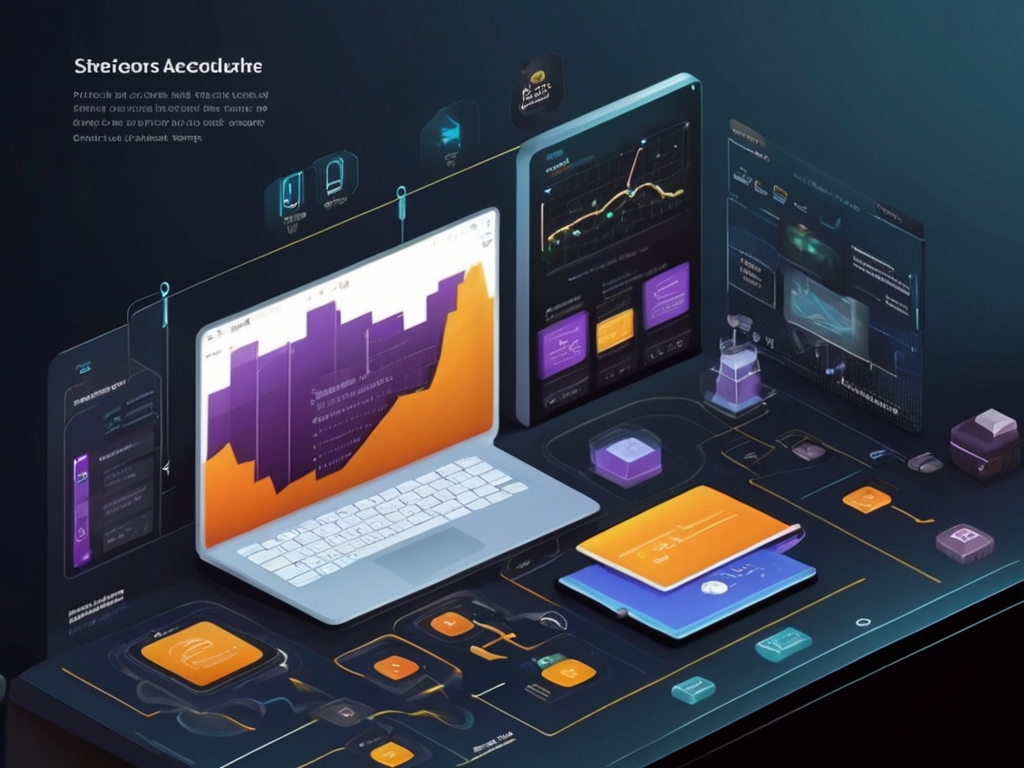Edge Computing
 Rishabh Singh Sengar
Rishabh Singh Sengar
Introduction:
In recent years, the proliferation of connected devices and the increasing demand for real-time data processing have propelled the emergence of edge computing as a transformative technology. Edge computing enables data processing and analysis to be performed closer to the source of data generation, thereby reducing latency, improving efficiency, and enhancing overall system performance. In this blog post, we'll delve into the concept of edge computing, its applications across various industries, the challenges it presents, and its promising future prospects.
Understanding Edge Computing:
Edge computing is a distributed computing paradigm that brings computation and data storage closer to the location where it is needed, rather than relying solely on centralized data centers or cloud computing resources. By leveraging edge computing infrastructure, data processing tasks can be performed locally, at the "edge" of the network, within proximity to the source of data generation. This approach minimizes the need to transmit data over long distances to centralized servers, reducing latency and bandwidth consumption.
Applications of Edge Computing:
Internet of Things (IoT): Edge computing plays a critical role in IoT deployments by enabling real-time processing and analysis of sensor data at the edge devices themselves. This facilitates faster decision-making, improves responsiveness, and reduces reliance on cloud connectivity. Applications include smart cities, industrial automation, and connected vehicles.
Telecommunications: Edge computing is integral to the deployment of 5G networks, where it supports low-latency applications such as augmented reality (AR), virtual reality (VR), and autonomous vehicles. By processing data at the network edge, telecom operators can deliver high-performance, low-latency services to end-users.
Healthcare: In healthcare, edge computing enables the processing of sensitive patient data at the point of care, such as hospitals, clinics, and medical devices. This ensures compliance with data privacy regulations while enabling real-time monitoring, diagnostics, and personalized treatment recommendations.
Retail: Edge computing is revolutionizing the retail industry by enabling personalized shopping experiences, inventory management, and real-time analytics at the edge of the network. This allows retailers to optimize operations, improve customer engagement, and deliver targeted promotions based on in-store behavior.
Challenges of Edge Computing:
Security: Edge computing introduces new security challenges, as data is processed and stored outside of centralized data centers. Securing edge devices, ensuring data integrity, and implementing robust access controls are critical considerations to mitigate security risks.
Scalability: Managing a distributed edge computing infrastructure at scale can be complex, particularly in environments with a large number of edge devices and heterogeneous architectures. Ensuring seamless scalability and resource allocation is essential to meet evolving demand.
Interoperability: Achieving interoperability between diverse edge computing devices, protocols, and platforms remains a challenge. Standardization efforts are underway to establish common frameworks and protocols for seamless integration and interoperability across edge environments.
Data Management: Edge computing generates vast amounts of data that must be efficiently managed, processed, and analyzed. Ensuring data consistency, availability, and reliability across distributed edge nodes requires robust data management strategies and technologies.
Future Prospects of Edge Computing:
Despite its challenges, edge computing holds immense potential to transform industries and drive innovation in the years to come. Some future prospects include:
Edge AI: Integration of artificial intelligence (AI) and machine learning (ML) algorithms at the edge for real-time decision-making and intelligent automation.
Edge-as-a-Service (EaaS): Emergence of managed edge computing services, enabling organizations to leverage edge resources on-demand without the complexity of managing infrastructure.
Edge-to-Cloud Integration: Seamless integration and orchestration of edge and cloud resources to create hybrid computing environments that offer scalability, flexibility, and agility.
Conclusion:
Edge computing represents a paradigm shift in the way data is processed, analyzed, and managed in distributed computing environments. Its applications span across industries, from IoT and telecommunications to healthcare and retail, driving innovation and unlocking new opportunities for businesses and consumers alike. While edge computing presents challenges such as security, scalability, and interoperability, its promising future prospects underscore its potential to reshape the digital landscape and accelerate the adoption of real-time, data-driven applications and services. As organizations continue to embrace edge computing technologies, it is essential to address these challenges and leverage the full potential of edge computing to drive business value and competitive advantage.
"Thank you for reading! Stay tuned for more insightful content, and don't hesitate to reach out with any questions or feedback. Happy learning and coding!! "
Subscribe to my newsletter
Read articles from Rishabh Singh Sengar directly inside your inbox. Subscribe to the newsletter, and don't miss out.
Written by
